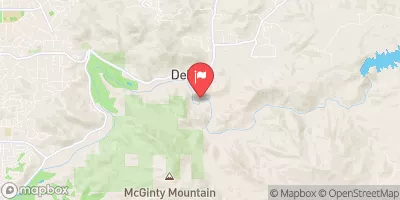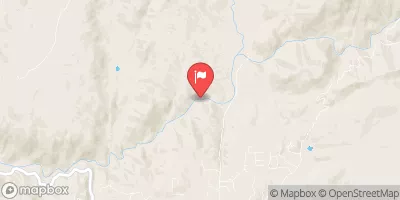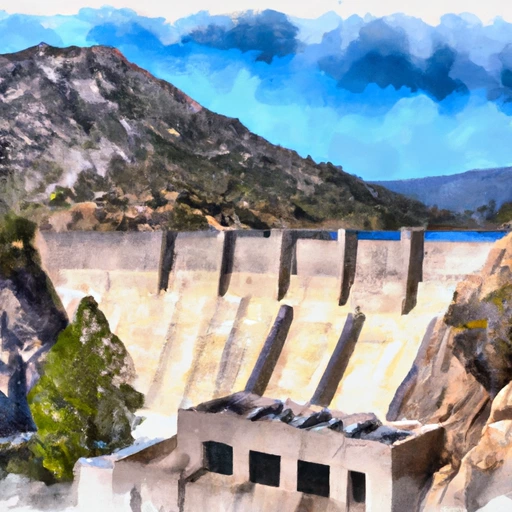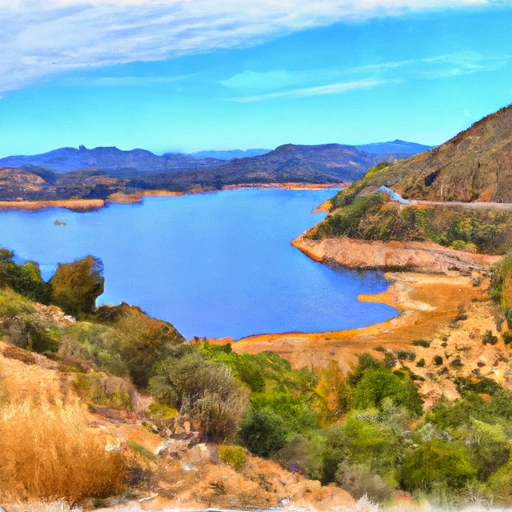El Capitan Res Nr Lakeside Ca Reservoir Report
Nearby: Blossom Valley Reservoir Chet Harritt
Last Updated: January 3, 2026
El Capitan Reservoir is located in Lakeside, California and was built in 1935 by the City of San Diego.
°F
°F
mph
Wind
%
Humidity
Summary
The reservoir has a capacity of 112,800 acre-feet of water and is supplied by the El Capitan Dam on the San Diego River. The hydrology of the reservoir is primarily reliant on surface flow from the San Diego River and snowpack providers from the surrounding mountain ranges. The reservoir is used for agricultural purposes by local farmers and for recreational activities such as fishing, boating, and camping. Over the years, El Capitan Reservoir has been a source of controversy due to disputes over water rights and water usage in the region. Despite the challenges, the reservoir remains an important source of water for the region and a popular destination for outdoor enthusiasts.
Reservoir Details
| Lake Or Reservoir Water Surface Elevation Above Ngvd 1929, Ft 24hr Change | -0.01% |
| Percent of Normal | 96% |
| Minimum |
660.95 ft
2025-12-24 |
| Maximum |
744.51 ft
2011-05-04 |
| Average | 692 ft |
| Dam_Height | 237 |
| Hydraulic_Height | 217 |
| Drainage_Area | 190 |
| Year_Completed | 1934 |
| Nid_Storage | 112800 |
| River_Or_Stream | San Diego River |
| Surface_Area | 1562 |
| Dam_Length | 1170 |
| Hazard_Potential | High |
| Primary_Dam_Type | Earth |
| Nid_Height | 237 |
Seasonal Comparison
Reservoir Storage, Acre-Ft Levels
Lake Or Reservoir Water Surface Elevation Above Ngvd 1929, Ft Levels
Weather Forecast
Nearby Streamflow Levels
Dam Data Reference
Condition Assessment
SatisfactoryNo existing or potential dam safety deficiencies are recognized. Acceptable performance is expected under all loading conditions (static, hydrologic, seismic) in accordance with the minimum applicable state or federal regulatory criteria or tolerable risk guidelines.
Fair
No existing dam safety deficiencies are recognized for normal operating conditions. Rare or extreme hydrologic and/or seismic events may result in a dam safety deficiency. Risk may be in the range to take further action. Note: Rare or extreme event is defined by the regulatory agency based on their minimum
Poor A dam safety deficiency is recognized for normal operating conditions which may realistically occur. Remedial action is necessary. POOR may also be used when uncertainties exist as to critical analysis parameters which identify a potential dam safety deficiency. Investigations and studies are necessary.
Unsatisfactory
A dam safety deficiency is recognized that requires immediate or emergency remedial action for problem resolution.
Not Rated
The dam has not been inspected, is not under state or federal jurisdiction, or has been inspected but, for whatever reason, has not been rated.
Not Available
Dams for which the condition assessment is restricted to approved government users.
Hazard Potential Classification
HighDams assigned the high hazard potential classification are those where failure or mis-operation will probably cause loss of human life.
Significant
Dams assigned the significant hazard potential classification are those dams where failure or mis-operation results in no probable loss of human life but can cause economic loss, environment damage, disruption of lifeline facilities, or impact other concerns. Significant hazard potential classification dams are often located in predominantly rural or agricultural areas but could be in areas with population and significant infrastructure.
Low
Dams assigned the low hazard potential classification are those where failure or mis-operation results in no probable loss of human life and low economic and/or environmental losses. Losses are principally limited to the owner's property.
Undetermined
Dams for which a downstream hazard potential has not been designated or is not provided.
Not Available
Dams for which the downstream hazard potential is restricted to approved government users.
Area Campgrounds
| Location | Reservations | Toilets |
|---|---|---|
 Lake Jennings
Lake Jennings
|
||
 Dos Picos
Dos Picos
|
||
 Santee Lakes Regional Park
Santee Lakes Regional Park
|







 El Capitan
El Capitan
 El Capitan Res Nr Lakeside Ca
El Capitan Res Nr Lakeside Ca
 El Capitan Dam
El Capitan Dam
 Lake Jennings
Lake Jennings
 San Vicente
San Vicente
 San Vicente Res Nr Lakeside Ca
San Vicente Res Nr Lakeside Ca
 Loveland Reservoir
Loveland Reservoir